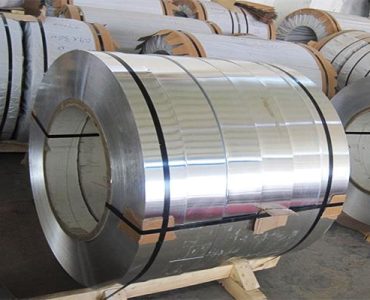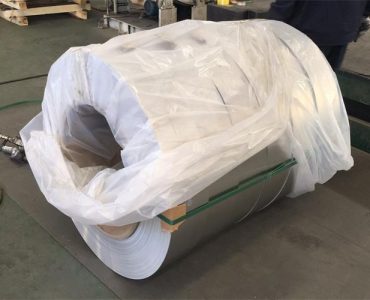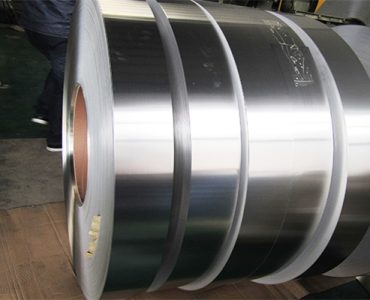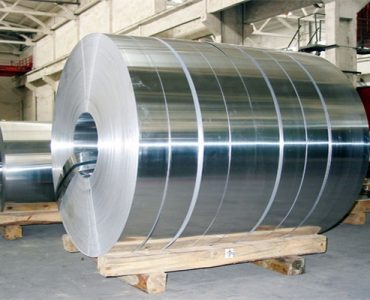Selecting the appropriate aluminum strip alloy is a critical decision that significantly impacts the performance and success of your project. Each aluminum alloy brings unique properties to the table, catering to specific applications and requirements. Here’s a comprehensive guide to help you choose the right aluminum strip alloy for enhanced performance:
1. Consider the Application:
Understand the specific application of the aluminum strip. Different industries and uses require distinct properties such as electrical conductivity, corrosion resistance, thermal conductivity, and strength. Identifying your application’s primary requirements will guide your alloy selection.
2. Electrical Conductivity:
For applications demanding excellent electrical conductivity, consider alloys from the 1000 series, particularly 1050 and 1350. These alloys are commonly used in transformer windings and electrical coils.
3. Corrosion Resistance:
In environments prone to corrosion, such as marine or industrial settings, alloys from the 5000 series, like 5052 and 5754, offer exceptional corrosion resistance due to their magnesium content.
4. Strength and Load-Bearing Capacity:
When strength is a priority, alloys from the 6000 series, such as 6061 and 6063, provide enhanced strength and load-bearing capacity. These alloys are used in structural components and industrial machinery.
5. Thermal Conductivity:
Alloys with high thermal conductivity are suitable for applications requiring effective heat dissipation. Consider alloys like 1100 or 3003, which offer good thermal conductivity for heat exchangers and cooling systems.
6. Formability and Workability:
If your project demands intricate shaping and forming, alloys from the 3000 series, like 3004 or 3105, are known for their excellent formability and workability.
7. Weldability:
For applications that require welding, choose alloys with good weldability, such as those from the 5000 and 6000 series. Alloys like 5083 and 6061 are commonly used in welded structures.
8. Anodizing Potential:
If anodizing or surface finishing is on the agenda, alloys like 5005 or 6063 offer excellent anodizing potential and are frequently employed in architectural and decorative applications.
9. Cost Considerations:
Evaluate your budget constraints. Some alloys may be more cost-effective than others, making them an attractive choice for projects with tight budgets.
10. Sustainability and Recyclability:
Consider the sustainability aspect. Opt for alloys that are fully recyclable, aligning with eco-friendly practices and contributing to a circular economy.
11. Expert Consultation:
When in doubt, consult with aluminum strip experts or manufacturers. They can offer insights based on their industry experience and help you make an informed decision.
Conclusion:
Choosing the right aluminum strip alloy involves a careful analysis of your project’s requirements, considering factors such as application, electrical conductivity, corrosion resistance, strength, thermal conductivity, formability, weldability, anodizing potential, cost, and sustainability. By selecting the alloy that aligns with your project’s specific needs, you can ensure enhanced performance, durability, and success in your endeavors.



